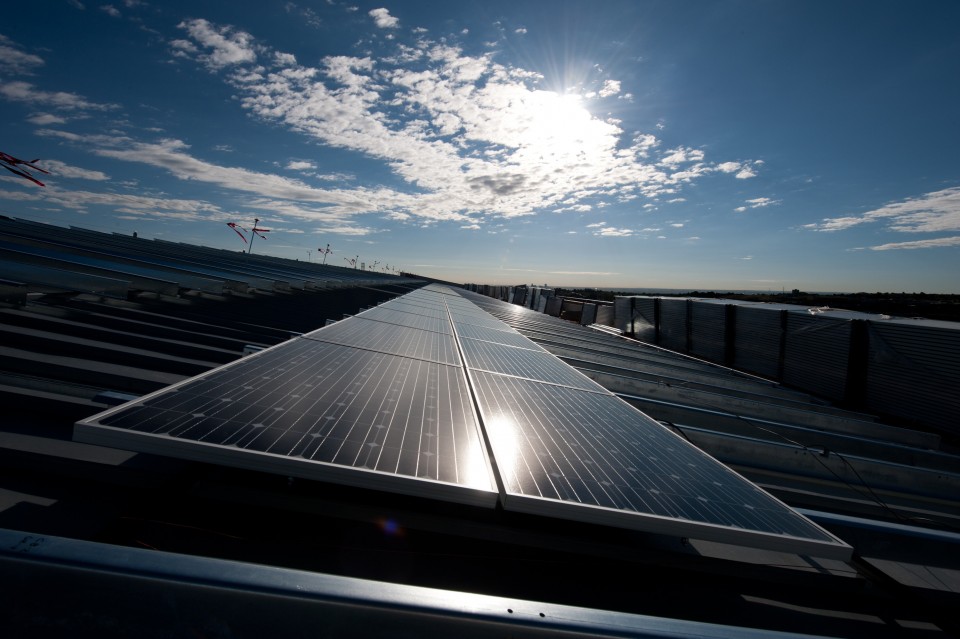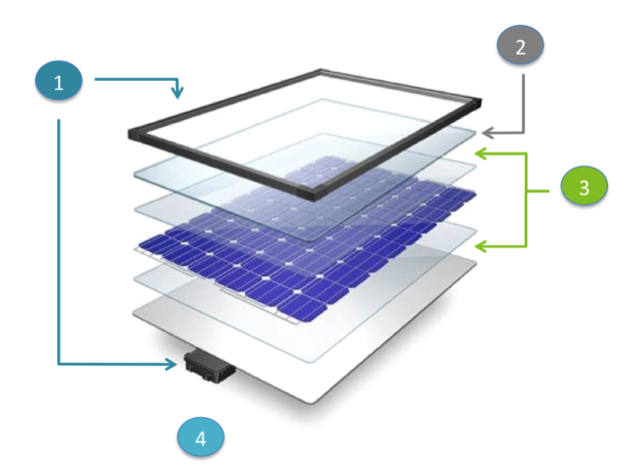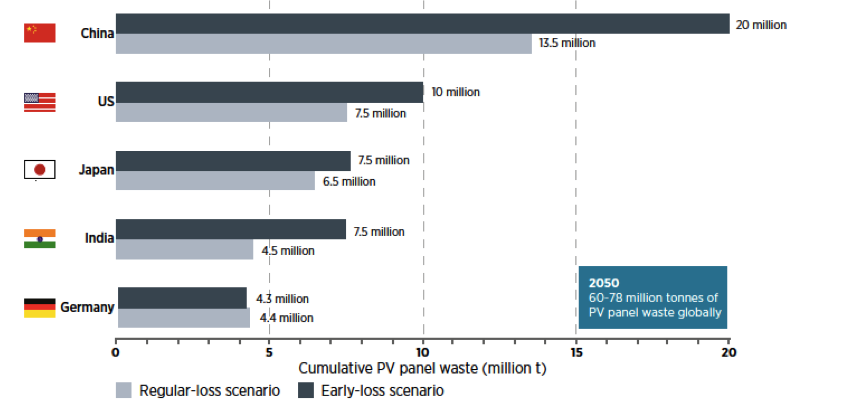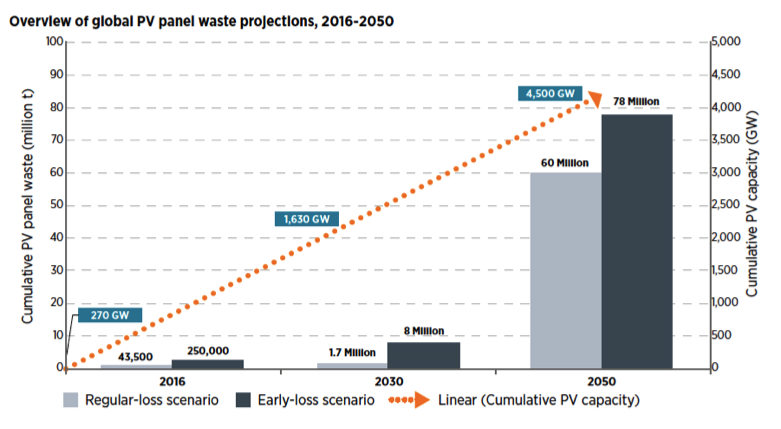solar
What Should We Do about PV Waste?
On 12, Dec 2016 | In PEI Blog | By Molly
By Rubi Rodriguez Mendoza

(Photo: Dennis Schroeder/NREL)
Solar has grown at unprecedented rates since the early 2000s. Global PV installed capacity reached 222 GW at the end of 2015, yet it is still expected to rise to 4,500 GW by 2050. In the U.S., the current PV installed capacity is 27 GW and it is forecast to reach 600GW by 2050, according to the International Renewable Energy Agency. This is great for consumers and for the environment. However, everything we manufacture does generate waste, even PV. PV panels are very durable, with few moving parts, so they last a long time, 30 years or more, according to SolarCity. But the growth in the PV industry will increase PV waste in the next 20-30 years in the world. The good news is that most PV components can be recycled. Recycling of PV panels is just taking off in the US, but Europe has set standards and best practices the US can also adopt.
How Components are Recycled
Photovoltaic panels consist of layers of glass, encapsulant EVA (ethylene vinyl acetate), silicon wafers and metallic conductors connected to a junction box. These components are mechanically and chemically separated during the recycling process and returned to manufacturers for incorporation into new products. You can read a detailed description of the recycling process here.

Europe & US Regulations
The extent to which the PV panels are recycled is closely tied with regulations that foster environmental practices in the solar industry. For instance PV Cycle, a European non-profit organization founded in 2007, works closely with governments and companies in the private sector to establish PV waste management strategies and legal compliance for companies and waste producers. PV Cycle partners with industries and governments to reduce the environmental impact of end-life PV panels and to require recycling to be the responsibility of producers. Currently, it is collaborating with manufacturing companies to adopt a design-for-recycling mindset so that PVs are easier and cheaper to recycle.
By contrast, the U.S. is just starting to develop policies and regulations for PV recycling. In October of 2015, California updated its Photovoltaic Panel Collection and Recycling Act of 2014 to require that “a PV panel producer shall establish and operate a take-back program for the collection, transportation, recovery, and environmentally sound recycling of end-of-life PV panels.” There may come a day when recycling PV panels will be enough of an economic opportunity, as new infrastructure for waste management emerges, that it won’t be so dependent on regulations, according to a report by IRENA.
Recycling Opportunities for the Future
Given that cumulative end-of-life PV waste volume in the U.S. is expected to grow from 6,500 tons at the end of 2016 to 7.5 to 10 million tons by 2050, a big opportunity for growth of the PV recycling market exists. For instance, First Solar, one of the few U.S.-based companies to do PV recycling, could likely benefit from this trend by creating more recycling sites in the country or increasing the recycling capacity of its sites.

Cumulative waste volumes of top five countries for end-of-life PV panels in 2050 (IRENA)
(click to enlarge)
Countries that foresee growth in their PV markets need to develop policies and markets to address the environmental impact of future PV waste volume. Programs like PV Cycle and regulations such as the California Recycling Act are a good foundation to make necessary improvements. PV waste management will absolutely be a challenge in the coming years. Therefore we need to find synergy between the different parties involved in the PV market, including science, technology, business and policy, in order to reduce the negative environmental impact of end-of-life PV panels.
Going Green in the Black
On 20, May 2016 | In PEI Blog | By Peter
By Peter Rumsey

In California, solar panels can supply electricity to a building at a rate equal to or below, sometimes significantly below, what the utility charges for electricity. But why would a developer invest in putting photovoltaic (PV) on a building when it’s the tenants who pay for the energy? This “split incentive” arrangement installing solar panels helps reduce the tenant’s operating costs but gives no benefit to the owner has hindered the development of solar buildings, net-zero and near-net-zero office buildings.
A few exceptional developers have discovered creative ways of recovering the costs of installing solar. Real estate developer Jim Gaither realized potential tenants within the Stanford Research Park in Palo Alto value a green building, and he made a strategic decision early on to pursue solar on the development of a 90,000-square-foot office he began in 2013. He looked at a variety of creative options for financing solar and decided that rather than purchase PV, he would lease it from a solar provider. He then arranged for his tenant to pay for electricity at a set rate as part of the lease agreement. This is a success story for solar—the developer made a small profit, and the tenants got renewable energy at the same cost as utility energy.
There are many additional options for recovering the cost of PV. The PV-generated energy can be included in the rent as part of a full-service lease. We have also seen developers charge a fixed monthly per-square-foot energy cost that is slightly lower than typical tenant monthly energy bills. These arrangements are not without their legal complexities. But tenants are eager to use renewable generated energy that is priced close to what they would have otherwise paid.
For an upcoming panel session at GreenerBuilder on June 16 in San Leandro, I’ve invited developer Jim Gaither and real estate and construction attorney Michael Polentz of Manatt to join me in a discussion about strategies for developers around costs and the legal ramifications of solar. Bring your questions about how to add solar to your projects and recover your costs or make a profit.
This post first appeared on the USGBC-Northern California Blog


